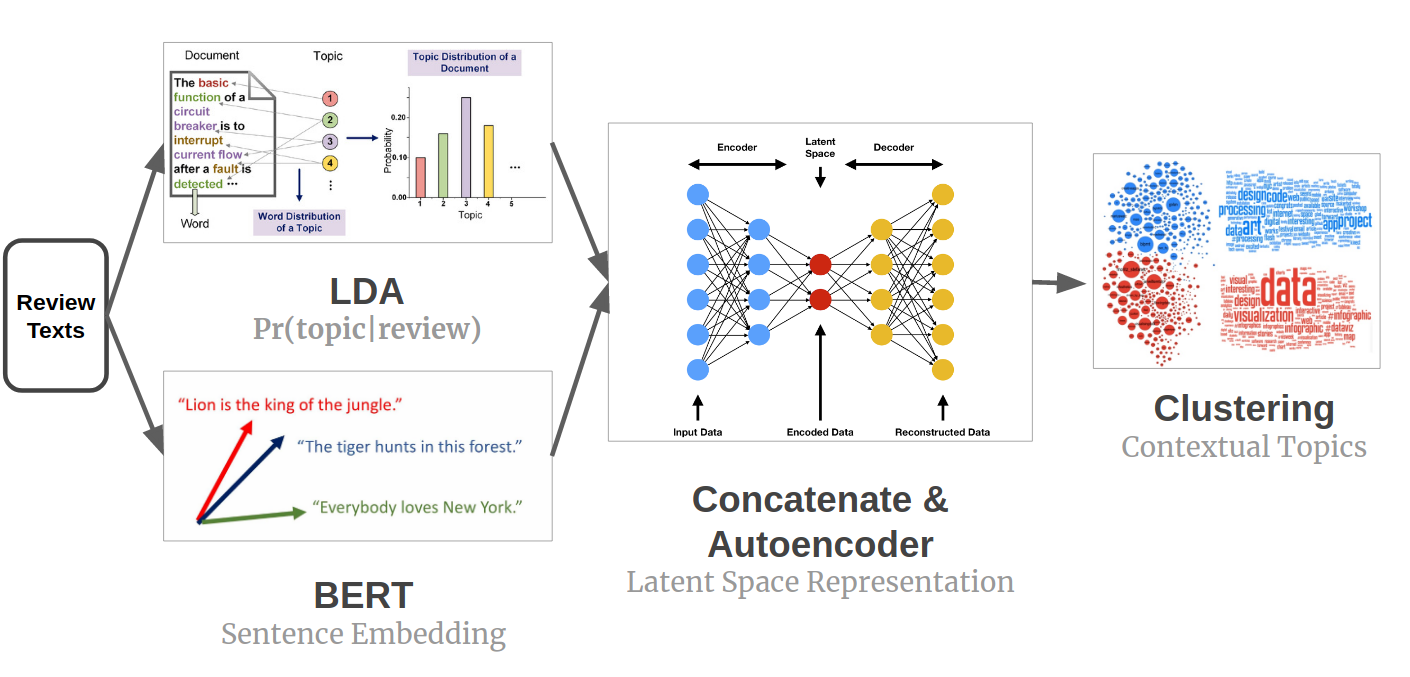Definition of an Intron: These are nothing but nucleotides in a sequence which is present in a gene and this is typically removed by a Ribo nucleotide Acid (RNA). The Ribonucleictide acid splicing happens during the maturation phase. These are nothing but not coding parts of the RNA transcript or the DNA that encodes it. The thing is that they become disappeared during the splicing process which happens before the translation.
Derivation of the word Intron:
This word is derived from the word intragenic region which is nothing but a region inside the gene. Basically, the word means the DNA sequence and its corresponding RNA sequence during the transcript. The sequences that are joined in the maturation phase of the RNA after the splicing are known as Exons.
Where are Introns found: In the genes of most of the organisms and also viruses and also can be found in the number of genes including the proteins, the ribosomal RNA and transfer RNA. When proteins come out from intron genes there is RNA splicing that takes place as part of the process of the transcription and translation process.
Introns can be of four distinct types:
- Spliceosomal introns: they have special intron sequences and they are thus located on the boundary between the introns and the axons. These are very much characterized by the spliceosomal RNA molecules where the reactions are initiated. They have a branch point which is a nucleotide near the 3rd of the end of the intron that is actually liked covalently to the 5 end of the intron during the splicing process. This thus bring a branded intron.
- tRNA introns: These introns depend on the protein for the removal to happen at particular location within the loop of the tRNA precursors and are also removed by the tRNA splicing endonuclease. Here the Axons are joined together by second protein structure.
- Group I and Group II introns: these are found in the genes that encode the proteins which are the messenger RNA and the transfer RNA and ribosomal RNA. They are found in wide variety of living organisms. These both types make extensive internal interactions and allow them to fold together into some complex three dimensional structure. These introns are distinguesed by sequences that have folded structure and also they become branched ones. In some cases some of the intron will bind together in ways that they will help in folding of the structure to become three dimensional and this is for self splicing activity.
Biological functions and evolution of Introns:
The main function of the Introns is that they do not encode protein but are very important for the gene expression and gene regulation. They sometimes encode functional RNAs and this happens through the process of splicing to generate RNA molecules that do not encode. Splicing is used in a wider sense to make many proteins from a single gene. They play essential function and role for a number of gene expressions to regulate functions such as mRNA decay.
The evolution of Introns is not known to be precise. in the earlier days when they were first discovered in the eukaryotic cells nucleus there were lots of debate and controversies around the fact that whether the introns in the modern day organisms – whether they came from a common ancestor or they were a product of some evolutionary process. There is another theory that the spliceosome and the structure of genes is a relic of the RNA part.
When there were studies done in the early days about the DNA sequence for many organisms it showed that they structure of the genes in different organisms will be different. In the recent studies the eukaryotic genomes showed that the length and density of the introns differ with different species. Let us take an example- the human genome has about 8 introns per gene and the fungi E. funiculi which is one cell structure has about less than one introns per gene. There are about fifteen introns in the genome. We know that the eukaryotes have common ancestors hence it can be said the introns were gained or lost to an incredible amount during the time or evolutionary process. This process relies on the selection process and there is a tendency for the introns to gaining in larger species to that of the smaller ones. There is also genetic influence on the intro gaming or losing.
Important question:Regulation of lac operon by repressor is referred to as?







